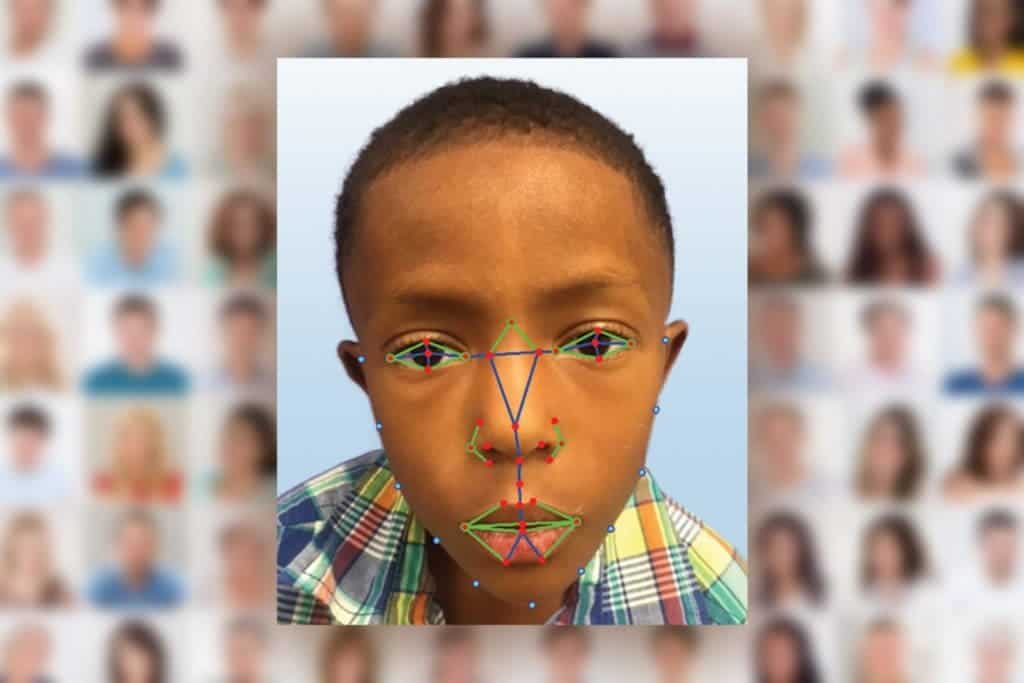A facial recognition software similar to that used in airports or on Facebook has been used to diagnose children suffering from a rare genetic defect.

The disease in question is called 22q11.2 deletion syndrome, also known as DiGeorge syndrome or velocardiofacial syndrome. It affects only 1 in 3,000 to 1 in 6,000 children worldwide — a wide margin due to the inherent difficulty of pinning a diagnosis. Children with DiGeorge can present multiple kinds of defects like cleft palate, heart defects, learning problems, but also a characteristic facial appearance. It’s the latter characteristic that was used by researchers at the National Human Genome Research Institute (NHGRI) in an automated diagnosis software.
“Human malformation syndromes appear different in different parts of the world,” said Paul Kruszka, M.D., M.P.H., a medical geneticist in NHGRI’s Medical Genetics Branch, and lead author of the new paper published in the American Journal of Medical Genetics. “Even experienced clinicians have difficulty diagnosing genetic syndromes in non-European populations.”
The team trained their software using clinical data from 106 individuals and the mugshot photos of 101 participants with the disease from 11 countries in Africa, Asia, and Latin America. Their appearance varied widely across the groups but based on 126 individual facial features, the software was able to make a correct diagnosis for a group of 156 Caucasians, Africans, Asians and Latin Americans 96.6 percent of the time.
The ultimate goal is to make this kind of technology more readily available such as in the form of a mobile app. One day, a healthcare professional needs only to snap a picture of the patient’s face and have it analyzed and receive a diagnosis within seconds.
Last December, in 2016, the same researchers used the software to very accurately diagnose Down syndrome. Now, they plan on extending the software’s capabilities to Noonan syndrome and Williams syndrome, both of which are rare.
Also last year, the NHGRI along with collaborators launched the Atlas of Human Malformations in Diverse Populations which documents the physical traits of people with many different inherited diseases around the world.
“Healthcare providers here in the United States as well as those in other countries with fewer resources will be able to use the atlas and the facial recognition software for early diagnoses,” said Maximilian Muenke, M.D., atlas co-creator and chief of NHGRI’s Medical Genetics Branch. “Early diagnoses means early treatment along with the potential for reducing pain and suffering experienced by these children and their families.”


